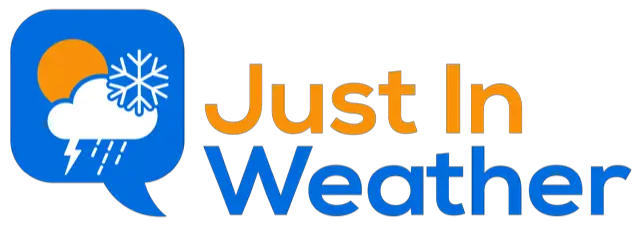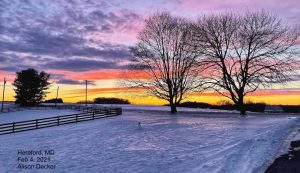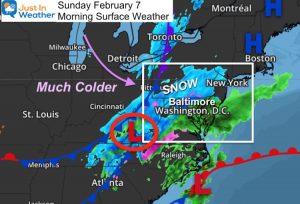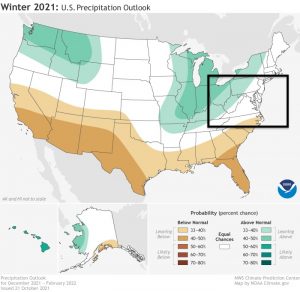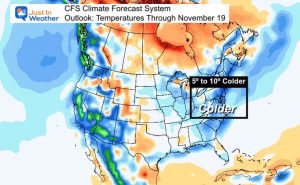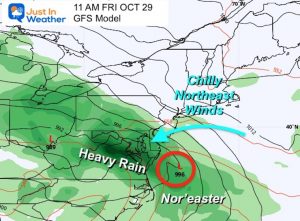Wednesday March 16 2022
Yesterday The US Senate voted on something unanimously. That in and of itself would make news headlines. But this was about a thorn in the side of many Americans. Senator Marco Rubio from Florida proposed the Sunshine Protraction Act three times. It has now passed, but still needs to get through the House Of Representing and then be signed by President Biden.
If this happens, it would go into effect in November 2023. So there would still be one more cycle to deal with, before the permanent change.
Video: Vote Passing And Reaction
👀 WATCH: Senator Rubio speaks on the Senate floor following the unanimous passage of his Sunshine Protection Act to make Daylight Saving Time permanent. #LocktheClock 🌞 pic.twitter.com/q3EF9Y8Uy6
— Senator Rubio Press (@SenRubioPress) March 15, 2022
There was sun an overwhelming response on my Facebook post, I wanted to expand on the topic here.
Do you think this is a good thing? Is Daylight Saving Time simply a nuisance or an old and outdated procedure we no linger need?
In this post I want to explore what staying on this time will mean for us, and then a little history of the inconsistent use of Daylight Saving. There are two videos at the bottom of this post that highlight the down side of changing clocks twice a year. Perhaps you agree already? The majority of Americans do.. I’d love to hear your thoughts after seeing this. Check this out.
The irony is that ‘Standard Time’ is what matches the rest of the globe. The circumference of Earth is about 25,000 miles, which is broken down to 24 hours on our clock to fit a full rotation (day). It actually takes 23 hours, 56 minutes, and 4 seconds.
Time Zones Around The World
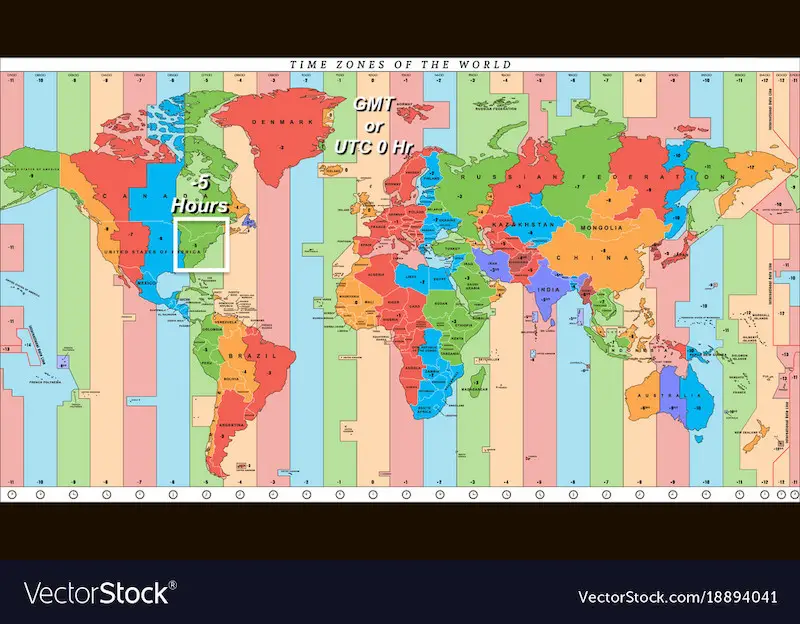
Greenwich Mean Time (GMT) was the base set at the Prime Meridian, and the time zones, are sliced out from there. Coordinated Universal Time also known as Universal Time Code (UTC) came to replace GMT with the more accurate and scientific measurements of time. This is also known as Zulu (Z) which is the universal time we (meteorologists) use for weather maps around the world.
Here in the Eastern US, STANDARD TIME is -5 hour from UTC. However it is only in use between November and March. Roughly 4 out of 12 months is STANDARD? That already is ironic.
There is a lot more to the time history, but for the purpose of this post, the time zones were set to establish better coordination for train travel. Prior, all local areas had their own time and it was confusing.
What STAYING On DST Would Mean:
If we STAY on Daylight Saving Time, then we would only be 4 hours behind UTC = 0
There would be no difference to our summers. In fact, the purpose of DST in the summer is to shift more daylight hours for when more people are awake.
If we did not have the change in Baltimore
Summer Solstice:
June 21st
- Sunrise would be at 4:40 AM instead of 5:40 AM
- Sunset would be 7:36 PM instead of 8:36 PM.
We have been living in that and it make sense…
BUT…
If we stay on DST through the winter, the adjustment would be most noticeable in the mornings.
Let’s compare the Winter Solstice (shortest daylight/lowest sun angle) in Baltimore:
December 21st
- Sunrise WOULD BE 8:22 AM
- Sunset WOULD BE 5:46 PM
There will be more sunlight for people after work, but the moorings would stay darker for longer.
TWO things that stand out relate to kids and schools.
- Kids would be at the bus stop or walk to school in the dark. Some high schoolers do this already, but it would encompass all grade and ages. The counter argument I have heard is that kids in Alaska deal with darkness for 5 to 6 months.
- Snowy or Icy Mornings. Those 2 Hour Delays often allow for morning daylight to help thaw roads and allow school on marginal days. With DST, the warming effect of sunlight would also be shifted an hour later, thus delaying any help with travel. The counter argument to that would be utilizing a 3 hour delay. This has already been proposed in some districts simply to try and get more days engaged.
US Regions NOT Using DST
Hawaii, most of Arizona, Puerto Rico, the US Virgin Islands, Northern Mariana Islands, Guam, and American Samoa do not use Daylight Saving Time.
Question: Would be if they stay on standard time, or make the ONE-TIME shift to match the rest of the county?
The INCONSISTENT History Of Daylight Saving Time
The history of time changing and the seasons has been anything but consistent. If this seems a little late in the year, well, it is. Below is a little history of Time Change Policy in the United States. Of course, we can thank Ben Franklin, one of my favorite Renaissance Men, and most well known of our countries forefathers for the original idea centuries ago. This was to benefit farmers and before electricity was deeply integrated in our lives. He believed that starting the day earlier in the summer would save the use of candles.
Ben made many contributions to weather, science, and our nation. However, this may have been one that is not regarded well in modern society.
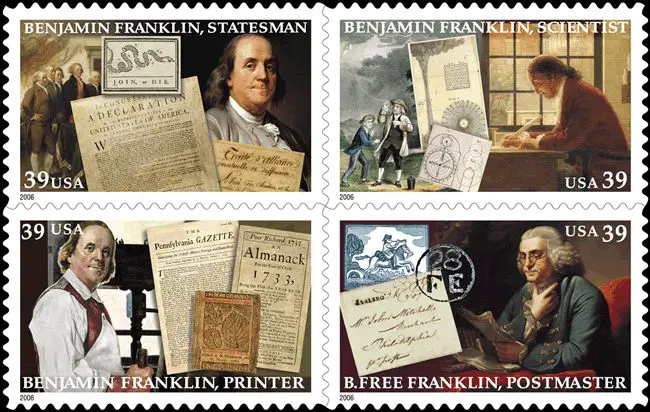
All About Energy!
During World War I, Germany was first to adopt Daylight Saving Time to conserve fuel and Europe Followed. The US adopted the Standard Time Act in 1918 set to summer time at the end of March. It was not popular and was revoked by congress after the war.
1942– World War II: President Roosevelt instituted ‘War Time’ as a year around standard. This lasted until September 1945.
1945-1966 No federal law on DST, but it was confusing as local cities made their own decision if and when to implement it.
1954: Only California and Nevada had statewide law on Daylight Saving Time.
In the early 1960s, observance of Daylight Saving Time was quite inconsistent, with a hodgepodge of time observances, and no agreement about when to change clocks. The Interstate Commerce Commission, the nation’s timekeeper, was immobilized, and the matter remained deadlocked. Many business interests were supportive of standardization, although it became a bitter fight between the indoor and outdoor theater industries. The farmers, however, were opposed to such uniformity. State and local governments were a mixed bag, depending on local conditions.
Efforts at standardization were encouraged by a transportation industry organization, the Committee for Time Uniformity. They surveyed the entire nation, through questioning telephone operators as to local time observances, and found the situation was quite confusing. Next, the Committee’s goal was a strong supportive story on the front page of the New York Times. Having rallied the general public’s support, the Time Uniformity Committee’s goal was accomplished, but only after discovering and disclosing that on the 35-mile stretch of highway (Route 2) between Moundsville, W.V., and Steubenville, Ohio, every bus driver and his passengers had to endure seven time changes!
The Uniform Time Act
By 1966, some 100 million Americans were observing Daylight Saving Time based on their local laws and customs. Congress decided to step in and end the confusion, and to establish one pattern across the country. The Uniform Time Act of 1966 (15 U.S. Code Section 260a), signed into Public Law 89-387 on April 12, 1966, by President Lyndon Johnson, created Daylight Saving Time to begin on the last Sunday of April and to end on the last Sunday of October. Any State that wanted to be exempt from Daylight Saving Time could do so by passing a state law.
The Uniform Time Act of 1966 established a system of uniform (within each time zone) Daylight Saving Time throughout the U.S. and its possessions, exempting only those states in which the legislatures voted to keep the entire state on standard time.
In 1972, Congress revised the law to provide that, if a state was in two or more time zones, the state could exempt the part of the state that was in one time zone while providing that the part of the state in a different time zone would observe Daylight Saving Time. The Federal law was amended in 1986 to begin Daylight Saving Time on the first Sunday in April.
1973: The Oil Embargo led to a need for energy conservation. A controversial trial period of year long DST January 6, 1974, and ending April 27, 1975. “Those in favor pointed to increased daylight hours in the winter evening: more time for recreation, reduced lighting and heating demands, reduced crime, and reduced automobile accidents. The opposition was concerned about children leaving for school in the dark. The act was amended in October 1974 to return to standard time for the period beginning October 27, 1974, and ending February 23, 1975, when DST resumed. When the trial ended in 1975, the country returned to observing summer DST”
Under legislation enacted in 1986, Daylight Saving Time in the U.S. began at 2:00 a.m. on the first Sunday of April and ended at 2:00 a.m. on the last Sunday of October.
The Energy Policy Act of 2005 extended Daylight Saving Time in the U.S. beginning in 2007, though Congress retained the right to revert to the 1986 law should the change prove unpopular or if energy savings are not significant. Going from 2007 forward, Daylight Saving Time in the U.S.
- Begins at 2:00 a.m. on the second Sunday of March and
- Ends at 2:00 a.m. on the first Sunday of November
In most of the countries of Western Europe, including the countries that are members of the EU, Daylight Saving Time:
- Begins at 1:00 a.m. GMT on the last Sunday of March and
- Ends at 1:00 a.m. GMT on the last Sunday of October
Video
National Geographic – definitely showing the down side of it.
Support For Why This Practice Should End
What do you think?
Please share your thoughts on the social media account where you may have found this post.
Facebook: Justin Berk, Meteorologist
Twitter: @JustinWeather
Weather posts straight to your inbox
Sign up and be the first to know!
ALSO SEE
What is Faith in the Flakes: History of December 5th Snow
ALL FITF GEAR
FITF THUNDERSNOW
Winter Outlook Series:
Last Winter Recap: My Old Outlook And Your Grades Of My Storm Forecasts
Winter Weather Page – Lots of resources
Solar Cycle Increasing Sunspots Suggests More Snow
Comparing 4 Different Farmer’s Almanacs: Majority colder winter outlook than NOAA
NOAA Winter Outlook- But Read The Fine Print
Signals For Early Start To Winter In November
Winter Outlook Series: La Nina Double Dip
Nor’easters May Give Hint For Winter La Nina Pattern
Winter Folklore Checklist
*Disclaimer due to frequent questions:
I am aware there are some spelling and grammar typos. I have made a few public statements over the years, but if you are new here you may have missed it:
I have dyslexia, and found out at my second year at Cornell. I didn’t stop me from getting my meteorology degree, and being first to get the AMS CBM in the Baltimore/Washington region.
I do miss my mistakes in my own proofreading. The autocorrect spell check on my computer sometimes does an injustice to make it worse.
All of the maps and information are accurate. The ‘wordy’ stuff can get sticky.
There is no editor that can check my work when I need it and have it ready to send out in a newsworthy timeline.
I accept this and perhaps proves what you read is really from me…
It’s part of my charm.
#FITF



